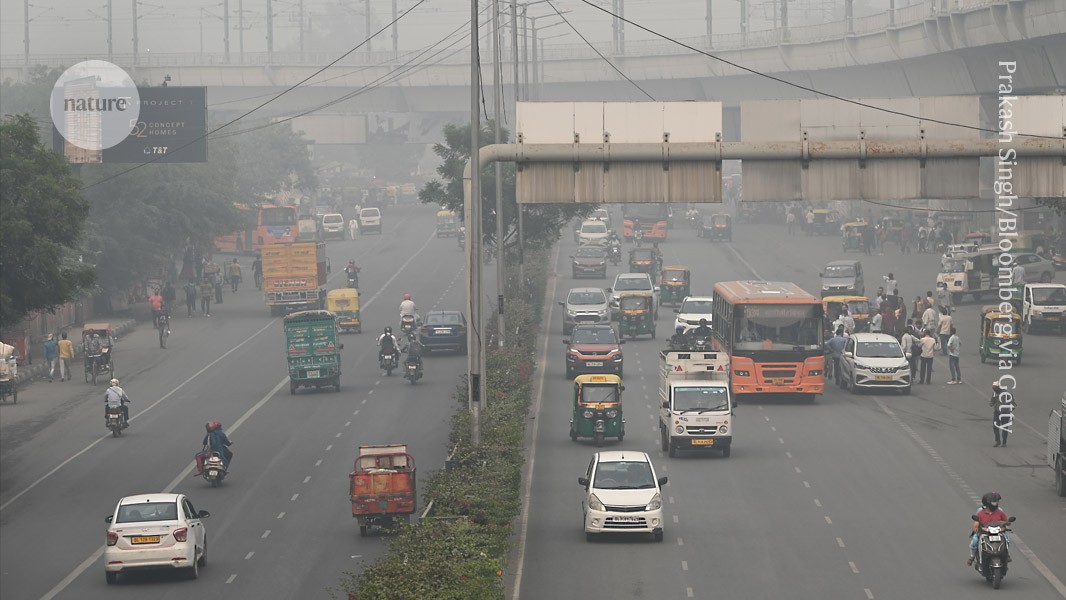
"An ambitious attempt by the Indian government to combat Delhi's hazardous air pollution by inducing artificial rain has failed to trigger any precipitation, prompting researchers to question why the experiment went ahead. The experiment was conducted in collaboration with the Indian Institute of Technology (IIT) Kanpur on 28 October. Two aircraft flew over several areas of Delhi and released flares containing particles of silver iodide and sodium chloride into the atmosphere, with the goal of catalysing condensation and producing rain."
"Every winter for almost a decade, Delhi and surrounding areas have battled hazardous levels of fine particulate matter in the air, produced by industry, vehicle emissions and the burning of crop stubble in neighbouring states. On some days, pollution levels are up to 20 times higher than the World Health Organization's recommended limits. In October and November, the air in and around Delhi becomes cooler, drier and more stable, which slows the dispersal of pollutants."
The Indian government and IIT Kanpur conducted a cloud-seeding operation over Delhi on 28 October by flying two aircraft that released flares of silver iodide and sodium chloride to induce artificial rain. The operation produced no measurable precipitation. Officials reported a slight fall in pollution after the experiment, but atmospheric scientists attribute the change to shifting weather conditions rather than the seeding. Delhi experiences severe winter spikes in fine particulate pollution from industry, vehicles and crop burning, worsened by cooler, drier, and more stable atmospheric conditions that limit pollutant dispersal. Previous mitigation measures suffered from poor compliance.
Read at Nature
Unable to calculate read time
Collection
[
|
...
]